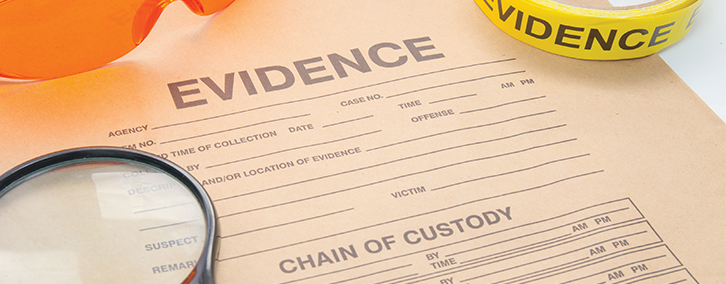Angel of Death
In the late 1990s, nearly 200 terminally ill patients at a California hospital succumbed to respiratory and cardiac arrest. A respiratory therapist at Glendale Adventist Medical Center initially admitted to the murders but later retracted his confession. Law enforcement officials needed physical evidence, so they exhumed 20 bodies and sent tissue samples to the Forensic Science Center (FSC) for analysis. Several samples tested positive for the drug Pavulon, and the FSC’s toxicology findings helped the Los Angeles District Attorney obtain an arrest and subsequent guilty plea. Read more about the case.
- B.D. Andresen, A. Alcaraz, and P.M. Grant. “Pancuronium Bromide (Pavulon) Isolation and Identification in Aged Autopsy Tissues and Fluids.” Journal of Forensic Sciences 50: 196-203 (2005).
- B.D. Andresen, A. Alcaraz, and P.M. Grant. “The Application of Pancuronium Bromide (Pavulon) Forensic Analyses to Tissue Samples from an ‘Angel of Death’ Investigation.” Journal of Forensic Sciences 50: 215-219 (2005).
Lone Gunman
The “lone gunman” theory of President Kennedy’s 1963 assassination hinges on the concept that bullet fragments collected at the scene came from only two bullets fired by Lee Harvey Oswald. In 2006, FSC scientists evaluated studies of the evidentiary bullet fragments and discovered a fatal flaw in their interpretation: An element measurement used to assign bullet fragments to a specific round were assessed incorrectly. In fact, the individual bullets cannot be distinguished uniquely. Therefore, as stand-alone primary evidence, the bullet-fragment compositions from the assassination did not support either the single- (or “magic-”) bullet theory or (exclusively) the lone-gunman scenario. Read more about the case.
- E. Randich and P.M. Grant. “Proper Assessment of the JFK Assassination Bullet Lead Evidence from Metallurgical and Statistical Perspectives.” Journal of Forensic Sciences 51: 717-728 (2006).
Serial Bomber
Over three days in 1998, in Fremont, California, two city officials and a local family were victims of fire bombs and pipe bombs detonated at their homes. The bomber also targeted houses under construction and a water tower. The Federal Bureau of Alcohol, Tobacco and Firearms asked the FSC to lend technical knowledge to the investigation and to testify at trial. The defendant was a former forensic investigator for the Chicago Police Department. Combining expertise in chemistry, electronics, and forensic science to explain the suspect’s sophisticated bomb assembly, the FSC’s efforts helped prosecutors obtain convictions on 11 felony counts, including attempted murder. Read more about the case.





